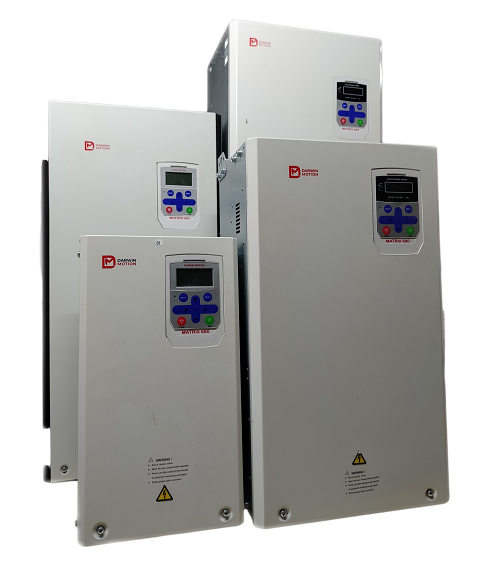Posted on 5th Dec 2024

Retrofitting an air compressor with a Variable Frequency Drive (VFD) is a cost-effective solution for industries looking to enhance energy efficiency, optimize operations, and reduce maintenance costs. This approach allows businesses to upgrade existing equipment without investing in entirely new systems, leveraging the benefits of modern technology while maximizing return on investment.
An air compressor VFD retrofit involves integrating a Variable Frequency Drive into an existing compressor system. The VFD adjusts the speed and torque of the compressor's motor to match the actual demand for compressed air. This eliminates the inefficiencies associated with fixed-speed operation, where the compressor runs continuously at maximum capacity regardless of the load.
Air compressors are often one of the largest energy consumers in industrial facilities. A VFD retrofit allows for demand-driven operation, reducing energy consumption by up to 30-50% in many applications.
With a VFD, the compressor delivers precise airflow and pressure, ensuring stable operation. This is particularly valuable in processes that require consistent and reliable compressed air supply.
VFDs enable smooth starts and stops, reducing mechanical stress on the compressor's motor and components. This results in less wear and tear and prolongs the lifespan of the equipment.
The reduced mechanical strain and optimized operation lead to fewer breakdowns and lower maintenance requirements, saving money and minimizing downtime.
By operating at variable speeds, VFD-equipped compressors produce less noise, improving the working environment.
Evaluate the existing compressor system, including its motor capacity, control systems, and energy consumption patterns. This helps determine the feasibility of a retrofit and the potential benefits.
Choose a VFD that matches the compressor's motor specifications and operational requirements. Consider factors like motor size, voltage, and environmental conditions.
Install the high frequency drive and integrate it with the compressor's control system. Proper wiring, grounding, and programming are critical for seamless operation.
After installation, test the system to ensure proper functionality. Calibrate the VFD settings for optimal performance based on the facility’s specific requirements.
Use monitoring tools to track the compressor’s performance and energy usage. Fine-tune the system as needed to achieve maximum efficiency.
While retrofitting a VFD onto an air compressor offers numerous advantages, some challenges may arise:
Initial Cost: While the retrofit is more affordable than purchasing a new compressor, it still involves an upfront investment. However, energy savings typically provide a quick return on investment.
Compatibility Issues: Not all compressors are suitable for VFD retrofitting. Older systems or those with incompatible motors may require additional upgrades.
Harmonics Management: VFDs can introduce electrical harmonics that may affect other equipment. Installing filters or using harmonic mitigation techniques can address this.
Retrofitted compressors are valuable across various industries:
Manufacturing: Delivering precise compressed air for machinery and tools.
Food Processing: Supporting clean and controlled operations.
Pharmaceuticals: Maintaining consistent air supply for production and packaging.
HVAC Systems: Regulating airflow in heating, ventilation, and cooling systems.
Retrofitting an air compressor with a Darwin Motion Variable Frequency Drive is a smart investment for industries aiming to improve efficiency, reduce energy costs, and extend equipment lifespan. This approach not only modernizes existing systems but also aligns with sustainability and operational excellence goals.
With proper assessment, installation, and maintenance, a VFD retrofit can transform an air compressor into a high-performing and energy-efficient asset, delivering long-term benefits for industrial facilities.